There is no one way to invest in the stock market. There are different strategies for making money, two of which are active and passive investing. They require different skills and behavior and deliver different results. Before investing or hiring an investment manager, you need to equip yourself with the different ways to work the market so that you can receive big returns on your hard-earned money.
How Funds Are Managed
The biggest difference between active and passive investing depends on how funds and other types of investments are managed.
Active Approach
An active approach to investing requires carefully following the markets and buying stocks that are doing well during a certain time period as a means to make a lot of money quickly. Fund managers will invest in stocks that are doing better than the market average, so they are very picky about the stocks they choose and typically invest in a limited number of stocks that they think will become high performers. The logic to this investment strategy lies in the belief that the market is not a completely reliable source when it comes to determining winning stocks. With the idea that the market is inherently flawed, active investors seek to exploit the market’s pitfalls in determining the top performers.
Passive Approach
Passive investing requires investing in traditionally stable stocks that are known to do well and spreading your money throughout a lot of different stocks so that you won’t get hit with a big financial blow if one of your investments performs poorly. These types of investment managers use the market index to help them discern what returns can be achieved—the goal is to match a particular index, such as the S&P 500. Then they choose stocks that are known to be stable. These investors are not seeking to perform better than the market as active investors are. Instead, they keep a broad portfolio of investments to minimize risk.
Look at the Portfolio
One of the most obvious ways to spot active and passive investing is the person’s or fund’s portfolio. Are the investments concentrated on a few top performers? That’s the portfolio of an active investor. If the portfolio is more diverse and investments are spread out over a number of stocks, you know this is the work of passive investing. Generally, active portfolios experience more losses than passive ones. If a stock from an active portfolio does not perform well, it could mean a 10 percent loss for the fund. However, since passive portfolios have a long list of stable investments, if a stock does poorly, the loss for the passive fund could be as little as 0.5 percent.
Historically speaking, if an active fund outperforms a passive one, it’s usually in a certain short time period, but the success is not sustainable. Passive investing means an investment in the future and a plan to continually make money over a prolonged period of time. Additionally, passive funds are more likely to survive the market, whereas active funds have to close up shop more often because they lose too much money.
Learn More About Investing
This is just the tip of the iceberg of assembling an investment strategy. What’s right for your situation and risk tolerance? For additional information on investing strategies and passive versus active investing, give a financial advisor in Schaumburg, IL, like one from Bott & Associates, LTD, a call today.

